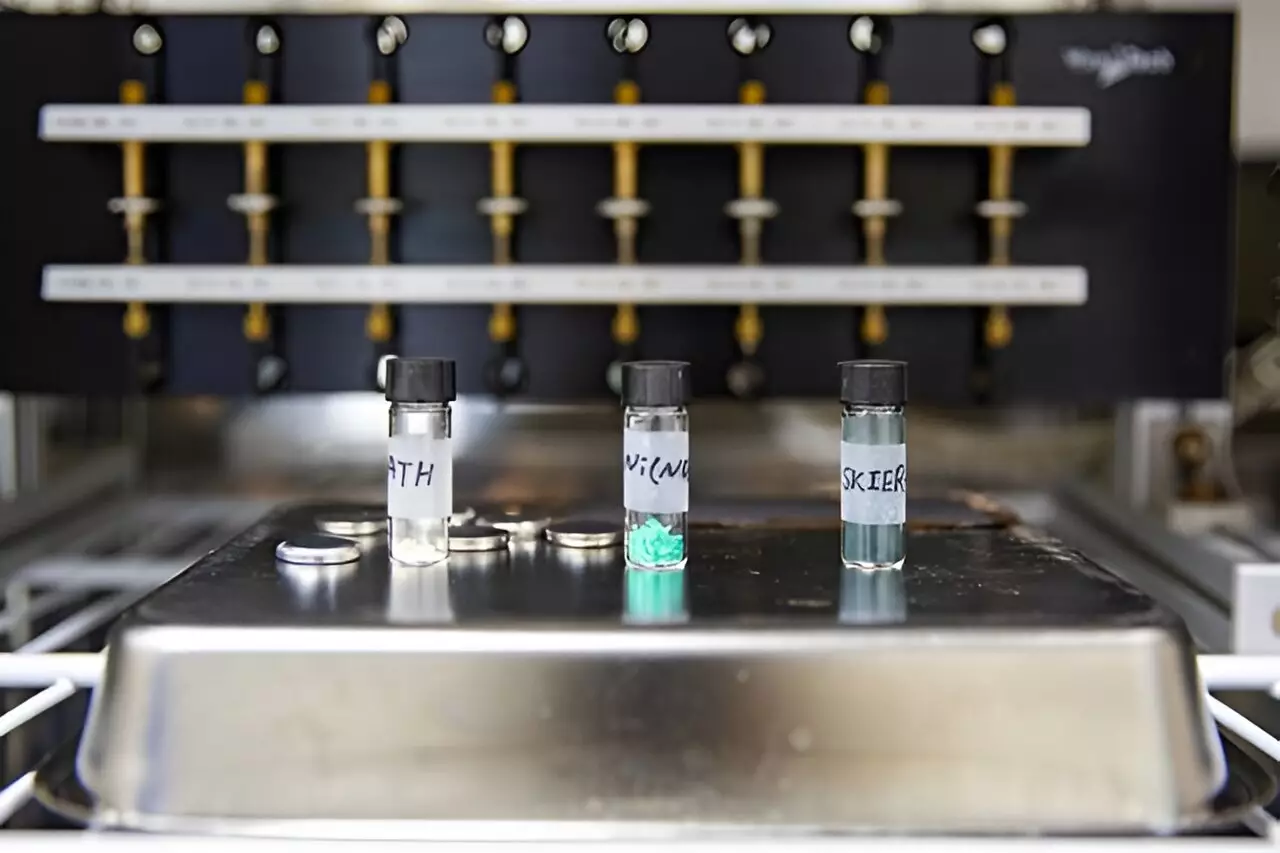The Korea Institute of Energy Research (KIER) has made significant strides in the development of a new redox-active metal-organic hybrid electrode material known as SKIER-5. This innovative material addresses the limitations of traditional graphite anodes in lithium batteries, particularly in cold weather conditions where performance tends to degrade.
SKIER-5 offers a promising alternative to graphite anodes in lithium-ion batteries, with the potential to enhance stability and performance in various applications such as electric vehicles, drones, and small electronic devices even at subzero temperatures. Unlike traditional graphite anodes that experience a drastic reduction in storage capacity and risk dendrite formation during charging in freezing conditions, SKIER-5 maintains stability and shows significant improvements in discharge capacity and cycle life.
Led by Dr. Jungjoon Yoo, Dr. Kanghoon Yim, and Dr. Hyunuk Kim, the research team at KIER has successfully developed SKIER-5, a redox-active conductive metal-organic framework composed of a trianthrene-based organic ligand and nickel ions. This material has demonstrated a discharge capacity five times greater than that of graphite anodes at subzero temperatures, showcasing its superior performance and potential in cold weather environments.
Through rigorous testing, SKIER-5 has shown a discharge capacity of 440 mAh/g, surpassing the 375 mAh/g capacity of graphite anodes at room temperature. Furthermore, after undergoing 1,600 charge-discharge cycles, SKIER-5 exhibited a remarkable 1.5 times increase in capacity, a significant achievement given the typical decrease in capacity with repeated cycles.
The unique composition of SKIER-5, which includes nickel ions and heteroatoms-based organic ligands, allows for interactions with lithium ions to initiate redox reactions that involve electron transfer. This mechanism enables increased electron storage and higher discharge capacity, leading to improved performance compared to traditional graphite anodes, especially in cold weather conditions where reaction rates are typically reduced.
The research team at KIER utilized high flux X-ray analysis at the Pohang Accelerator Laboratory to confirm the redox mechanism of SKIER-5 and its superior performance. Through first-principles calculations based on quantum chemistry, the team determined the crystalline structure of SKIER-5, identified lithium adsorption sites, and accurately predicted the material’s theoretical capacity and reaction voltage. These calculations closely aligned with the experimental results, validating the exceptional performance of SKIER-5 as a lithium battery anode.
The development of SKIER-5 by the Korea Institute of Energy Research represents a significant advancement in lithium battery technology, particularly in enhancing stability and performance in cold weather conditions. With its impressive discharge capacity, cycle life, and unique redox mechanism, SKIER-5 shows great promise as a superior alternative to conventional graphite anodes in lithium-ion batteries for a wide range of applications.


Leave a Reply
You must be logged in to post a comment.